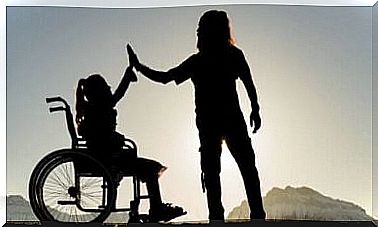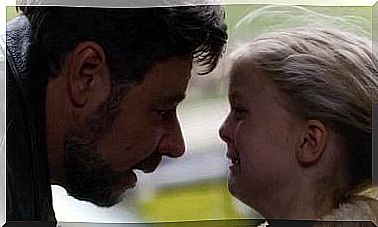An Ecological Theory Against Bullying
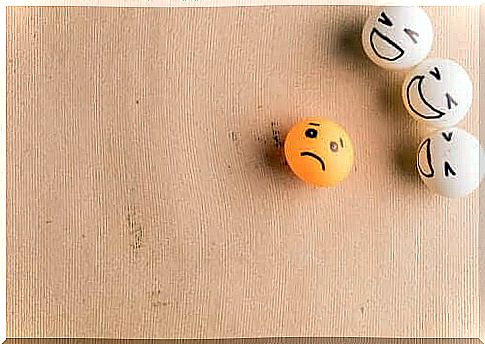
Bullying is not only an educational problem, but also a social problem. Therefore, we must take action against bullying in several ways.
All areas and environments where a child grows up and develops must take these measures as each specific area can play its role in preventing and stopping bullying in school.
The need for an effective method against bullying
According to the Convention on the Rights of the Child (CRC), approved by the UN General Assembly on November 20, 1989, children have a number of rights that must be guaranteed.
One of these, as defined in Article 19, is the protection of physical and personal integrity against all forms of violence and ill-treatment.
Unfortunately, many children are currently exposed to violence at school, so we must take active action to protect our children at school and other educational institutions.
We must not tolerate it and must do everything we can to prevent it. All children should have the right to high-quality education in a safe and welcoming environment.
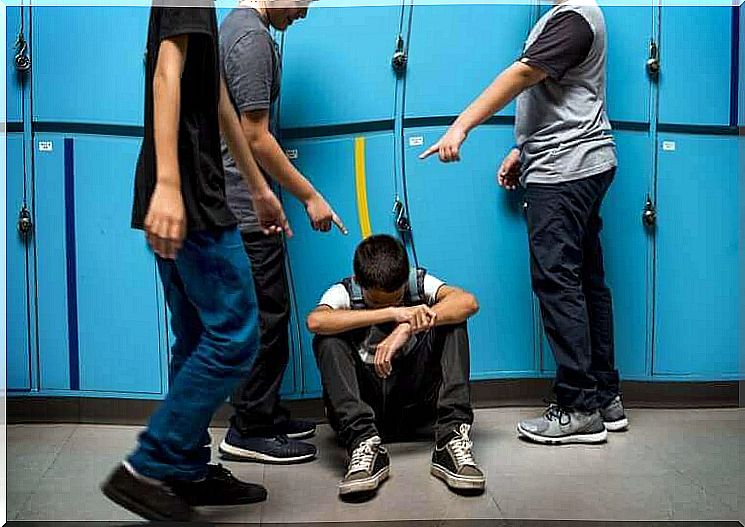
In fact, the education system has a privileged position that it can use to solve the problem of bullying. It has the ability to provide students and their families with the knowledge and skills they need to communicate, negotiate and then resolve conflicts in a constructive and positive way.
Bronfenbrenner’s systems theory against bullying
To deal with bullying, Bronfenbrenner’s ecological systems theory can be a very useful tool. This theory suggests that a combination of biology and environment is what affects human development.
These are the five different systems that the theory highlights:
- Microsystem
- Mesosystem
- Exosystem
- Macrosystem
- Kronosystem
These systems can be applied to children’s lives, as described below:
Microsystem
This refers to children’s immediate and immediate surroundings, which consist primarily of the family, and secondarily of the school (classrooms, teachers and classmates) and groups of friends.
Mesosystem
This is the relationship that is established between the most immediate or closest environments to the child, for example the relationship between the family and the education system.
Exosystem
This covers the social contexts with which the child has a psychological relationship, but not a physical one. In the case of bullying , for example, the development of children is supported by both the Convention on the Rights of the Child, which defends human rights, and the media, which highlight the serious problem of bullying.
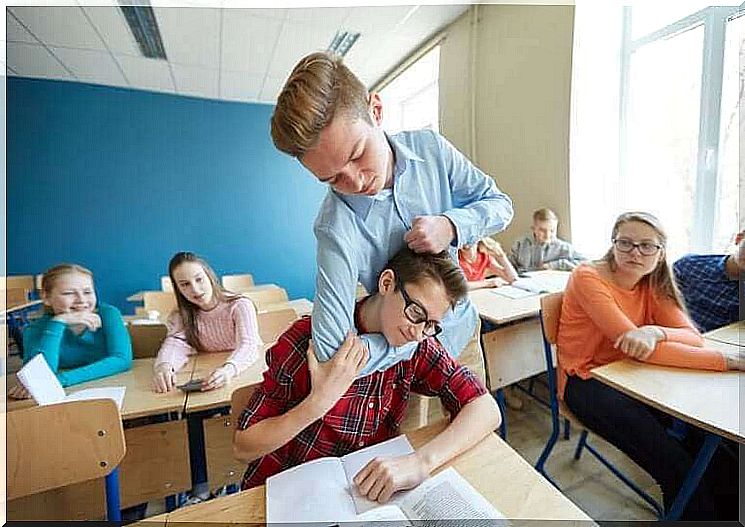
Macrosystem
This refers to cultural beliefs, political ideologies and religions with which the child has a relationship. In some cases, these are areas that are ripe for discrimination and bullying.
Kronosystem
This is the historical context in which a society as a whole develops. In this case , it refers to the culture in which the child grows up and develops.
Systems theory against bullying
It may be worthwhile to apply systems theory in an attempt to prevent bullying. The educational centers that adopt strategies against bullying should follow an educational model that facilitates collaboration between the different environments in which the students grow up.
